
Profits at the biggest charity shop operators have slumped by 40% in five years, a investigation has found.
It comes as Scope is planning to close half of its charity shops in the next 18 months after running up a £1.5m loss. It is a sign of the problems in the UK's high streets that even shops - with the benefit of items donated for free and help of tens of thousands of volunteers - are struggling and some are even shutting their doors. The Charity Retail Association told us that the hike in Employer National Insurance from April would cost charity shops another £20m a year and called for it to be "phased in" for charities or for them to be given exemption.
Our investigation shows that soaring rents and increasing wages combined with higher are already squeezing the profits at most charities that rely on shops for their income. We have looked at the accounts of the five biggest operators with the largest numbers of shops - British Heart Foundation, Cancer Research UK, Barnardo's, Oxfam and Sue Ryder. We have compared their most recent accounts with those five years ago - before the Covid-19 pandemic which forced the temporary closure of their businesses.
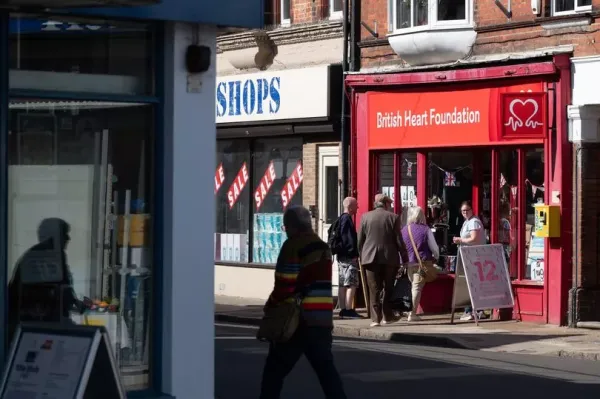
We found that all said they had closed shops since 2019 - collectively they had closed nearly 300 shops or one in ten. Takings - or "revenue" - was up by 18% to £626 million. But profits were down 40% to £44 million. The profit margin - how much profit the charity made compared to the cost of running their shops - has halved at these five giants with nearly 3,000 shops between them. All continued to make profits last year thanks to the efforts of nearly 80,000 volunteers who give their time to the five charities for free. Only Sue Ryder has seen profits increase over five years. It has closed more than 50 stores - one in nine - but has seen profits rise by 64%.
Robin Osterley, Chief Executive of the Charity Retail Association, said: “I don’t think it would be right to say charity shops are struggling. They are facing headwinds. But they are a very creative bunch and they will get out of this. It is absolutely true that there are challenges, that is universally true across the sector. It is about costs, not income. Income is holding up very well but there are significant cost pressures which are impacting profitability.
“The increase to the National Minimum Wage, which is a good thing, is bringing significant costs, along with increases in National Insurance. And then there are inflationary costs like utilities and rent. These things are definitely affecting the sector’s profitability.” He is calling for the Government to delay the rise in employer’s national insurance for the charity sector - or give an exemption.

The will cost charities £1.4 billion. The cost of employing 26,000 staff at 10,000 charity shops is set to increase by £20 million a year. He added: “Before the pandemic, there was a lot of concern about the high street. But since then, a lot of people have returned. People prefer to shop local. I don’t think the high street is in such a bad state. Charity shops are a very important part of the high street.”
Scope has been struggling to make money from its charity shops for years. It had more than 200 of them five years ago but that number is now down to 138. Last month it started a consultation to close another 77 - or more than half of them. According to its accounts, income from “other trading activities” was £24m last year, while the "cost of trading activities" was £24.7, suggesting the charity made a £700,000 loss. It said it had "continued to invest in refurbishing and opening new shops" and had upgraded the Wi-Fi in all of them. But it is forecasting another £1.5m loss this year.
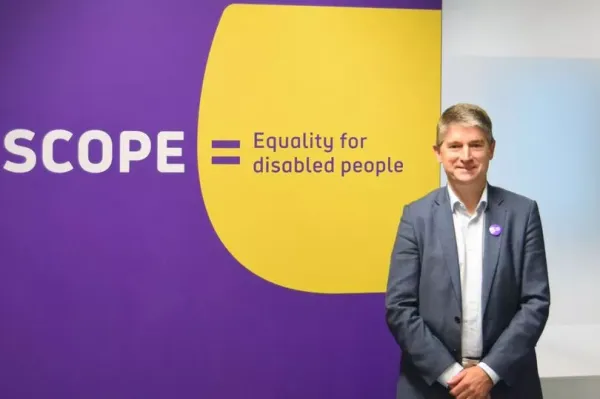
Scope chief executive Mark Hodgkinson said last month: “Our shops have helped us raise vital income to support our work with disabled people and their families. But the high street has had growing trading challenges which we want to now firmly recognise and address. Despite our teams' best efforts our shops are collectively now losing money when taking account of all of their costs.
"A number make strong profits but there are loss-making shops too. This situation isn’t confined to Scope. All retailers have been hit with a greater shift to online shopping. And we are facing rising rents, soaring energy costs, increased staff costs, and the cost of living squeezing customers.”
Here is how the five biggest charity shop retailers are faring.
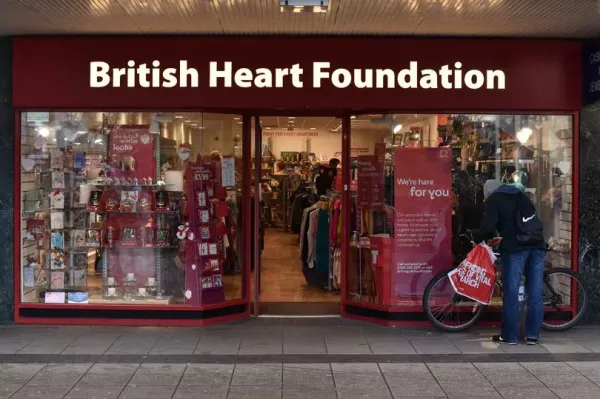
British Heart Foundation - 672 stores, down from 732 five years ago
Income up 23% to £234m - Profits down 25% to £15.2m
From the latest accounts: "This reflected the continuing impact of significant inflationary pressures that have affected all businesses. This included investment in our team’s pay and benefits in a highly competitive employment market, together with the impact of increased energy costs throughout our operations."
Allison Swaine-Hughes, Retail Director at the British Heart Foundation, said: “British Heart Foundation retail have seen strong profit years post-covid 2021.However in 2024, in line with many retailers, we expect to see a material reduction in our profit for this year due to the challenging wider retail market. The reduction in profit is down to the combination of high inflation and interest rates impacting customers’ disposable income and increasing our cost base.As the UK’s largest charity retailer, we will face the challenges of the external market and opportunities for growth head on.”
Find out how to help .
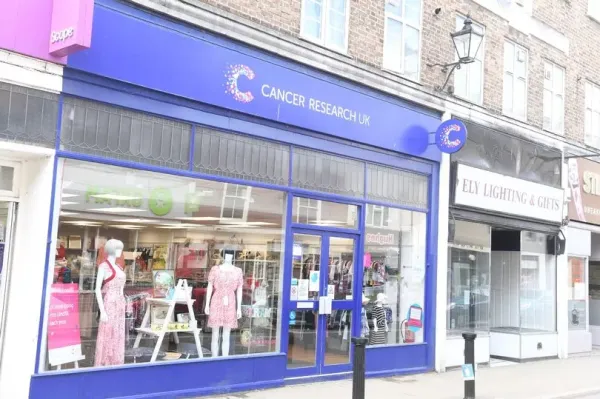
Cancer Research UK - almost 600 stores, down from 600 five years ago
Income up 23% to £134m - Profits down 47% to £7m
From the latest accounts: "Income from our shops increased by £7m compared to last year but so too did costs due to inflation, increases to the National Living Wage and investment in future income growth. We awarded eligible staff a 5% pay increase and also made further increases for some staff following an external benchmarking activity. Staff who work in our shops also saw a 9.7% uplift in line with the National Living Wage."
Find out how to help .
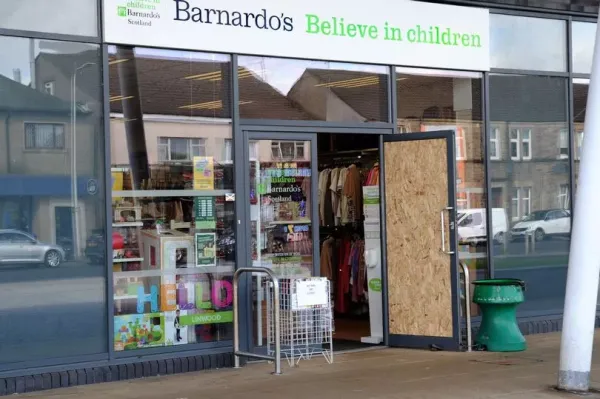
Barnardo's - 591 stores, down from 705 five years ago
Income up 19% to £93m - Profits down 70% to £4.7m
From the latest accounts: "We continued to seek ways to diversify and expand our income streams ... However, our cost base also increased with inflationary pressures on staff, energy and operating costs and so our net retail income declined."
Lynn Perry, Chief Executive of Barnardo’s, said: “Our shops provide vital income for our work with children, young people and families across the UK. We regularly review their performance and, where stores are not generating a positive contribution that we can invest in our work to change childhoods and change lives, then we have to make the difficult decision to close them."
Find out how to help .
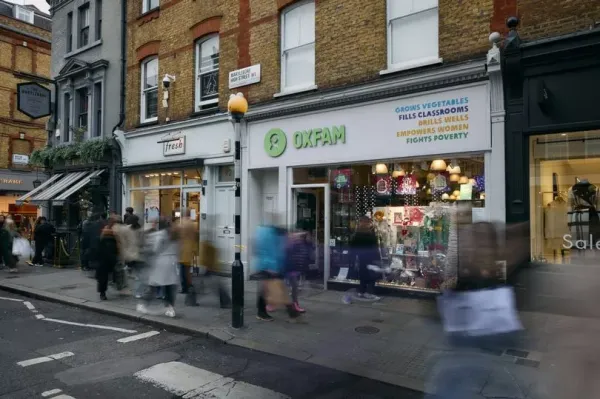
Oxfam - 534 stores,down from more than 600 five years ago
Income up 11% to £103m - Profits down 52% to £9.2m
From the latest accounts: "This is forecast to be a short term decline through a period of investment, including investments in our systems, people and processes with associated income growth expected in future periods.”
An Oxfam spokesperson said: “Oxfam is not immune from the rising property and utility costs affecting other high street retailers. Our net retail income was also lower in 2024 due to investment in properties, upgrades to tills and IT systems, and increasing paid hours for shop teams. The investments are essential to ensure that our shops are more efficient and raise as much money as possible in the current financial climate."
Find out how to help .
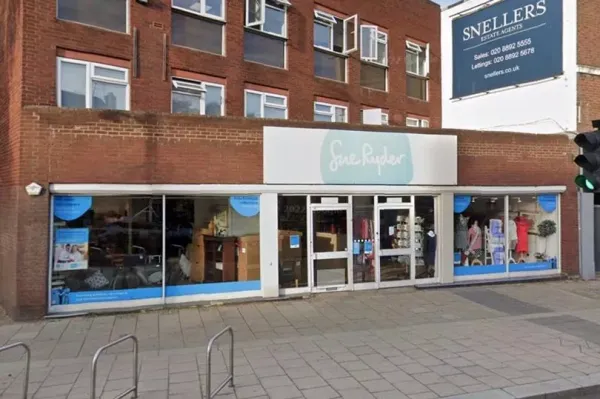
Sue Ryder - almost 400 stores, down from 454 five years ago
Income up 7% to £63m - Profits up 64% to £8.7m
From the latest accounts: "While retail provides income to the charity, the cost of operating retail is considerable ... Retail has delivered the best sales performance on record at Sue Ryder."
Martin Wildsmith, Chief Commercial Officer at Sue Ryder, said: “Like all high street retailers, Sue Ryder shops face rising costs and are subject to the impacts of inflation, such as higher utility bills. To continue to help fund our expert palliative care and bereavement support, we must grow sales in line with the rise in costs, which is challenging in the current climate. Despite these challenges, we remain committed to providing a great shopping experience and generating as much money as possible from the goods the public generously donate.”
Find out how to help .